A certified home meets certain construction standards that should translate into increased energy conservation, healthy indoor air and lower operating costs. There is not, however, a single government or private agency that doles out certifications—and that’s where it can get confusing.
One of the oldest rating systems is the U.S. Department of Energy’s Energy Star program, which recognizes houses (as well as other products) that save energy. An Energy Star house must be at least 15 percent more energy efficient than homes built to the 2004 International Residential Code and 20 percent to 30 percent more efficient than standard construction. Some states have their own energy codes for residential construction.
But “green” goes beyond energy efficiency, so buyers who want a certified green house should be looking for a program with a more holistic approach.
The best known is probably LEED for Homes. LEED, which stands for Leadership in Energy and Environmental Design, is the brainchild of the U.S. Green Building Council. It’s a highly structured rating system in which points are awarded to houses in a number of areas (site selection, the use of recycled materials, and energy and resource conservation, to name a few). LEED relies on independent inspectors, so builders can’t give their own houses a certification. LEED accreditation is also time consuming and expensive, so not all builders think it’s worth their time. It doesn’t necessarily mean their houses aren’t just as good.
The National Association of Home Builders has its own set of green-building guidelines (NAHB Model Green Home Building Guidelines) that are as broad in scope as those of the LEED program. One big difference is that the builder, rather than third-party inspectors, is responsible for signing off on many of the construction requirements.
The newest big national initiative is the ANSI National Green Building Standard (NGBS). The National Green Building Standard, also known as ICC-700, grew out of NAHB’s earlier Model Green Building Guidelines and was approved in early 2009 by the American National Standards Institute.
These are not the only green-building guidelines that builders and homeowners can turn to, and each program is going to be slightly different. Program guidelines are easily accessible on the Internet. Even if the language can get technical, anyone who spends some time studying program requirements should pick up a general idea of what that particular green designation means.
More Info:
To learn more, see the Green Rating Systems
section of our Green Building Encyclopedia
Weekly Newsletter
Get building science and energy efficiency advice, plus special offers, in your inbox.
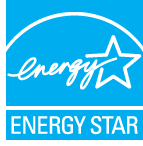
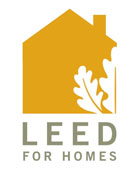
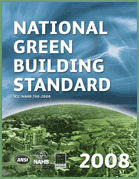

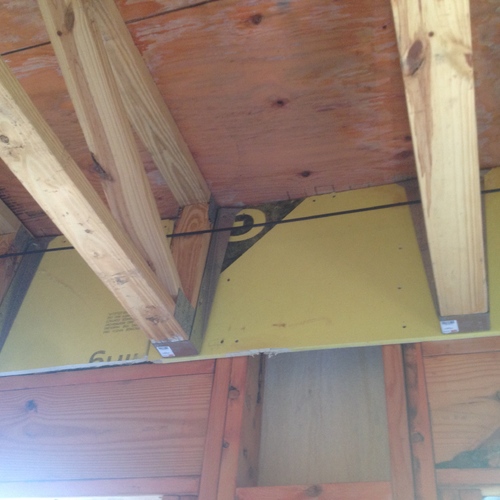
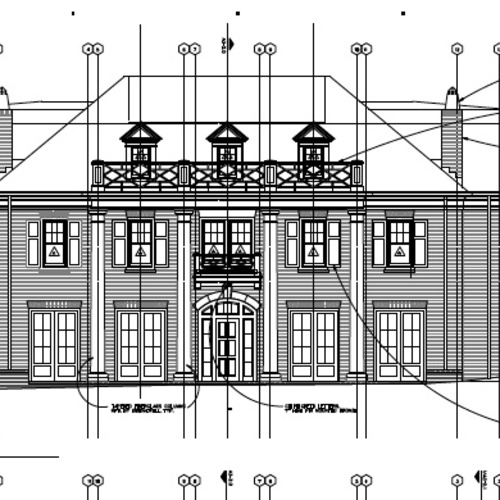
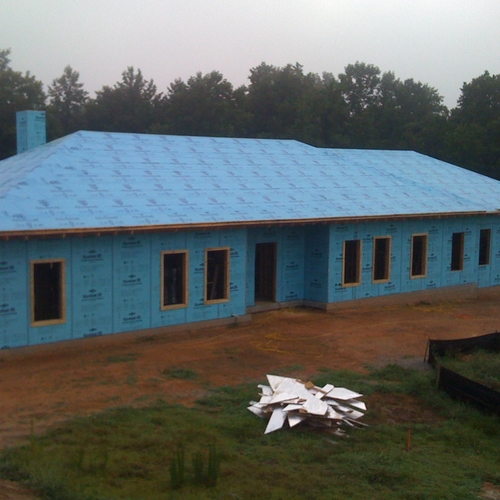






4 Comments
Font colors
Printing out your pages - some of them - results in hard to read pages with the Green Print.
Thanks
Are you printing the 'Printer friendly' pages?
I guess I never noticed it because the printer in my office is black and white, not color.
We'll have a look at what we can do.
--Dan
BPI (Building Performance Institute) Certification
Curious why you didn't include BPI within the list of certifications.
Response to Anonymous
Anonymous,
This page lists programs that certify buildings. The BPI certifies people, not buildings.
Log in or create an account to post a comment.
Sign up Log in